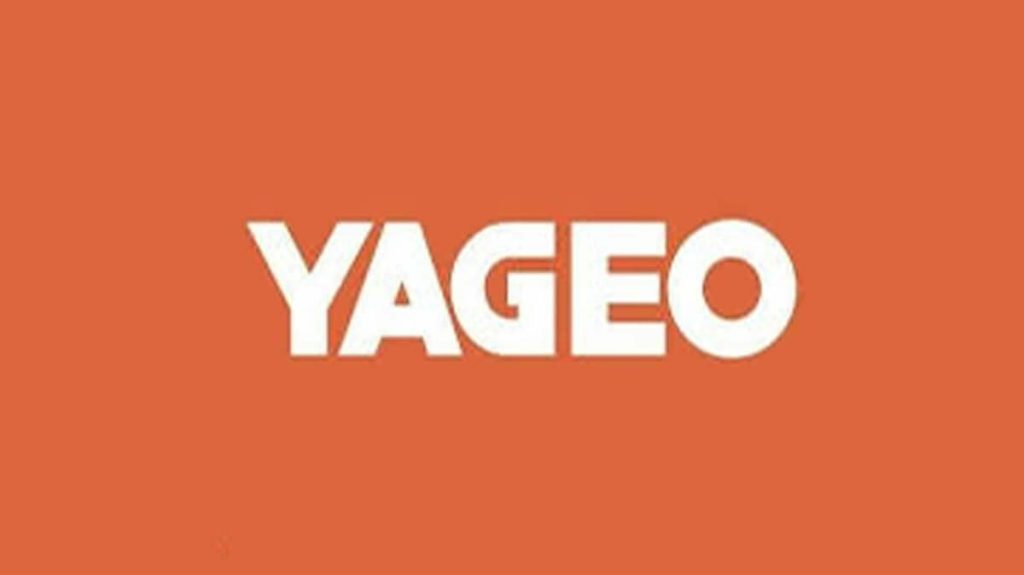Yageo, Taiwan’s leading passive components maker continues to enjoy strong demand for automotive and industrial applications, but its capacity utilization rate for commodity offerings is slipping to 70% in the fourth quarter from 80-85% in the third quarter of 2021.
Yageo net profit jumps 87.6% in Q3. Robust demand from the automotive, industrial, 5G infrastructure and notebook sectors should continue to support demand, a company official said.
Yageo Corp (國巨) reported its best quarterly net profit in nearly three years, but said that its growth momentum could be disrupted this quarter by a global chip shortage. On top of that, market demand for consumer electronics and mobile devices has shown some softness in the Greater China region, Yageo told an online investors’ conference. Net profit last quarter surged 87.6 percent to NT$6.81 billion (US$244.7 million) from NT$3.63 billion a year earlier, and grew 7.6 percent from NT$6.33 billion the previous quarter, company data showed. Gross margin improved to 41.1 percent last quarter, compared with 37.4 percent a year earlier and 41 percent in the second quarter.
“Moving into the fourth quarter, the COVID-19 pandemic has not yet eased and a supply shortage of IC components has caused shipment delays for some clients,” Yageo chief executive officer David Wang (王淡如) said. “Clients tend to be relatively conservative in the stocking of electronic components due to China’s power restrictions,” he added. The power curbs are likely to affect the output of Yageo’s clients and exert a certain impact on supply chains, but not on Yageo, Wang said. “The impact on Yageo is insignificant,” he said.
The company is lowering utilization rates at factories that produce lower-margin standard products to about 70 percent this quarter to keep inventory in check, Wang said. However, factories that make premium products continue to run at full capacity, he said.
High-end products, including passive components used in vehicles, account for about 75 percent of Yageo’s overall revenue. Automotive passive components alone accounted for 19 percent.
“The company still sees a strong book-to-bill ratio of more than 1, thanks to robust demand from the automotive, industrial, 5G infrastructure and notebook sectors,” Wang said. Revenue this quarter would “decline moderately” from NT$29.39 billion last quarter, but the company is striving to keep gross margin at above 39.1 percent through production optimization and raising operational efficiency, he added. Net profit in the first three quarters soared 95.7 percent to NT$18.15 billion, compared with NT$9.27 billion in the corresponding period last year. Earnings per share rose to NT$36.79 from NT$20.03. Revenue jumped 77.9 percent to NT$80.85 billion from NT$45.45 billion in the preceding year, after merging Kemet Corp in the second quarter.
